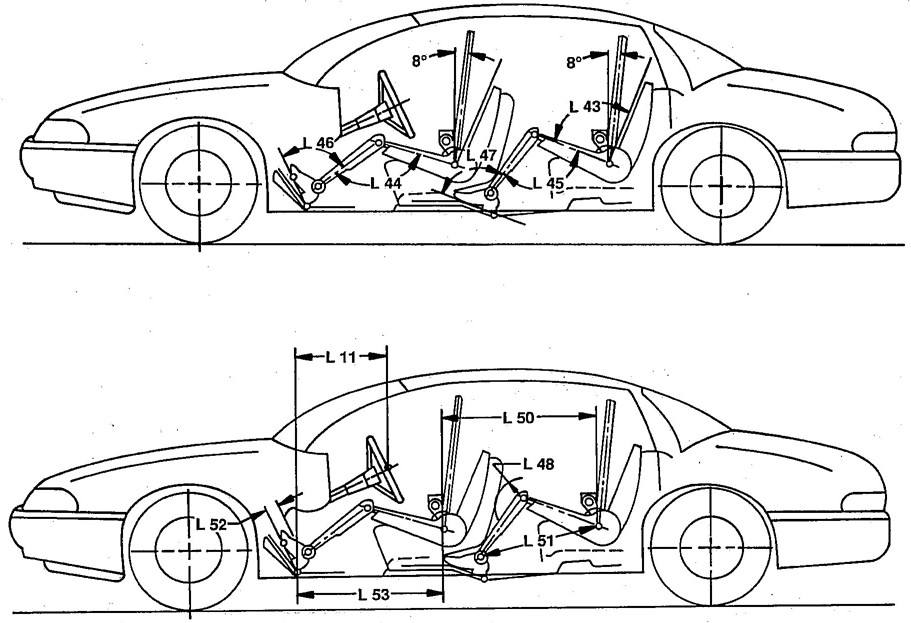Not that anyone else on here does this, but I'm window shopping on FB Marketplace, and every once in a while I'll see a car that tickles my pickle that I get curious about. One of the things that is important for me is to be able to put my kiddos in the backseat. One in a forward facing seat, one in a baby bucket. So before I get all hot and bothered, I look at rear leg room. I realized the other day, that either every automaker is lying about these measurements, or I'm really missing something about how the physical packaging makes a car larger or smaller in the back seat.
I have a gen 1 MS3, and C&D lists the rear legroom at 36.2". I feel it's pretty tight, but doable. C&D has the MS6 at 36.5", okay...
They have a 2008 Outback at 33.9" which is from what I can tell an objectively larger car.
Edmunds has our 2000 LX470 at 34.3" and our gen 2 Sienna at 39.6".
So between these options, there is a 5.7" spread. But when we pick a car to road trip in, it's the LX as there is more space in the backseat with both front seats in a normal driving position. The Sienna is massive, with sliding back seats, so it's not a rightfully fair comparison, but it's an interesting datapoint.
I was reading that rear leg room measurements are taken with the front seat 1 meter from the steering wheel. I am wondering how these numbers can be so close if I don't find my arms growing longer or shorter as I move from vehicle to vehicle.
What am I missing? Is the rear passenger compartment of my MS3 larger than I think? Are these numbers just total bologna?
I can stand (hunched over) in the backseat area of my LX to buckle/unbuckle my toddler, it's basically a dance floor. With a baby bucket in that car behind the drivers seat, there are multiple inches of clearance between the car seat and the driver's seat. With the MS3, they contact each other. Yet the MS3 is supposed to have more room.
Besides physically putting my body and a car seat into a vehicle, is there another way to interpret this data? What am I missing?































